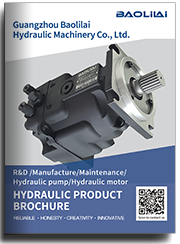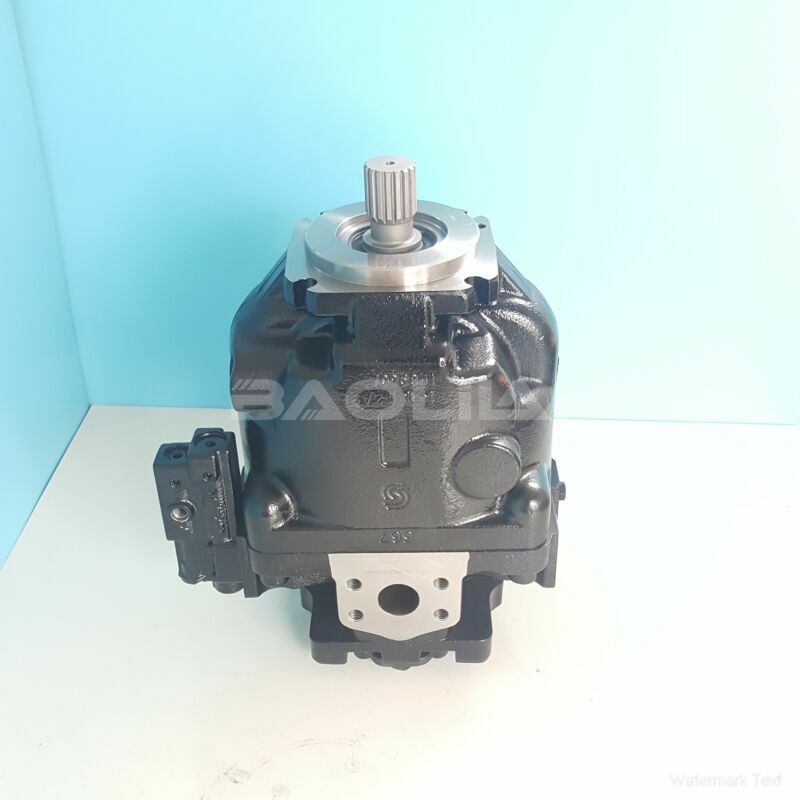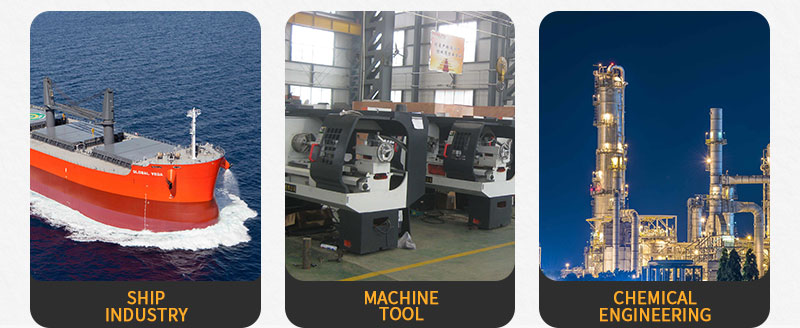ERL100BLS2020NNN3S1NLA1NAAANNNNNN piston pump
ERL100BLS2020NNN3S1NLA1NAAANNNNNN piston pump

- Product Details
- Applicable Scene
Ensuring Proper Installation
ER-L-100B-LS-20-20-NN-N-3-S1NL-A1N-AAA-NNN-NNN
ERL100BLS2020NNN3S1NLA1NAAANNNNNN
Pump failures can often be attributed to improper installation. It is vital to follow the manufacturer’s guidelines for installation, including alignment and mounting practices. Ensure that all connections are secure and that the pump is positioned correctly to avoid undue stress. Proper installation reduces the risk of mechanical failures and enhances overall system reliability.

83017302
Training and Education
Proper training for staff handling hydraulic systems is essential. Personnel should be educated on the maintenance and operational procedures specific to hydraulic pumps. Understanding how to operate these systems correctly, recognize warning signs, and perform routine checks can empower teams to maintain peak performance and prevent failures.
Addressing Overloading Issues
Hydraulic pumps are designed to operate within specific load capacities. Frequent overloading can lead to excessive wear and eventual failure. Operators must be aware of the system’s specifications and ensure that the pumps are not subjected to loads that exceed their rated capacities. Implementing overload protection mechanisms can also help safeguard against this risk.
Conclusion
Preventing hydraulic pump failures in fluid systems for power generation units requires a proactive approach that includes regular maintenance, proper fluid selection, contamination control, continuous monitoring, correct installation, training, and addressing overloading issues. By implementing these strategies, organizations can improve pump reliability, reduce operational downtime, and ensure the efficient functioning of their power generation systems.





